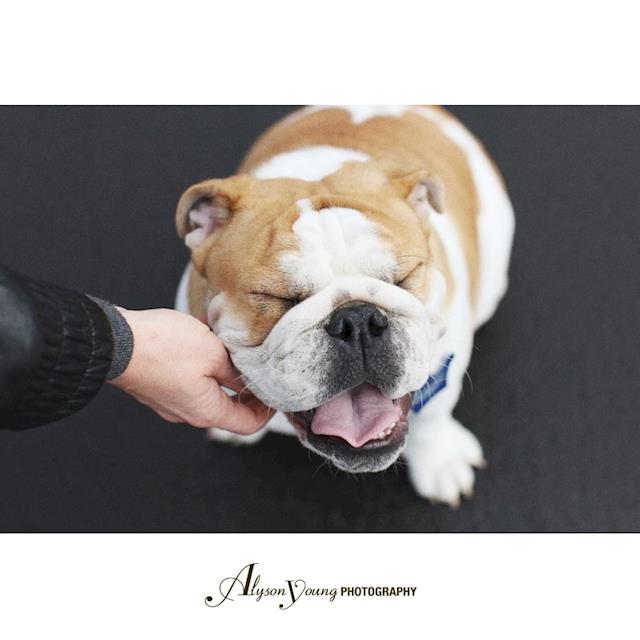To: The Veterinarians
Cc Ms Clements
Date: 22nd June 2015
No. of pages: 2
Re: ALICE (HURRAH)
Thank you for referring Alice for assessment. Her current foster caregiver was not present today, but I understand that she has a history of polydipsia, urinary incontinence (with a urinary tract infection that is currently under treatment with antibiotics) and also exercise intolerance / collapse.
On exam today, Alice was very friendly and bright, but had a marked right fore lameness even without exercise. She has the features of ‘brachycephalic airway syndrome typical of her breed (slight nasal stenosis, upper airway obstructive breathing pattern) and also facial fold dermatitis. She has mild folliculitis in other skin areas (neck, ventral abdomen).
A moderately loud left sided systolic heart murmer was detected. As Alice becomes markedly tachycardic with exercise, the heart murmer could be clinically significant and might be affecting her exercise tolerance (and potential risks for anaesthesia).
I noted quite an externally rotated stance in the right fore, and Alice seemed sore on extension of both shoulders, and the right elbow particularly. She seemed painful on full extension of both hips.
I have recommended specialist echocardiography before we consider anaesthesia to investigate Alice’s lameness. Hopefully this will help us interpret the significance of the murmer better. At the time of echocardiography, I have suggested that Alice also has an abdominal ultrasound exam with focus on her urinary tract, as ectopic ureter / cystic calculi can then hopefully be ruled out as causes for her incontinence and urinary tract infection. VSG estimated about $760 for outpatient ultrasound assessment, but also recommended a consult with internal medicine as well if possible (this would cost an extra $230 but different work up might result).
Assuming Alice is not deemed to have high anaesthesia risk, I would recommend radiography of both shoulders, both elbows, and both hips.
I collected blood today in case further testing was requested (eg serum bile acids) but now that I have obtained her previous results I can see that there is little other evidence for portosystemic shunting on her previous bloods. However, should Hurrah wish to exclude liver dysfunction as a cause for her polydipsia, we could still process a random bile acid test from these samples tomorrow.
I am expecting to hear back from Hurrah in the next few days as to whether they want Alice’s heart murmer assessed further, but please do not hesitate to get back in touch with us if you have any questions or comments.
Regards,
Ruth Youmans
BVSc, DVCS, MVetClinStud, FANZCVSc
Registered specialist in small animal surgery

